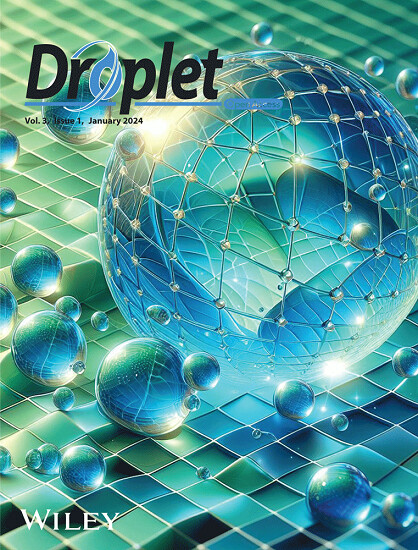Functional materials and interface systems play an increasingly important role in biology, in the advancement of biotechnology, regenerative and personalized medicine, cell biology, stem cell research, drug delivery, microfluidics and tissue engineering. Further understanding of basic mechanisms behind development of functional materials systems and further advancement of these research fields will improve our healthcare system and increase life expectancy.
In our research group at the KIT, we design, develop and apply biologically functional, dynamic and responsive materials, interfaces and materials systems. We work on the development of various materials systems and methods, including:
(1) porous polymers with controlled surface topography, porosity and wettability;
(2) hydrogels and organogels with various biologically relevant and responsive properties;
(3) nanostructured interfaces and 3D printed materials;
(4) surface functionalization approaches, including photoclick reactions, polydopamine and polyphenolic coatings;
(5) methods enabling miniaturization, parallelization and combination of organic synthesis and biological experiments;
(6) materials and surfaces with special wettability.
One of the main properties distinguishing biological materials and interfaces from artificial materials, are their dynamic and responsive properties. Living interfaces alter their properties in time or in response to external or internal stimuli and show, for example, self-healing, self-cleaning, regenerative and adaptive properties. Most of the existing photochemical methods, however, lead to irreversible, permanent surface functionalization, thus limiting possible applications in biological systems, where dynamic, responsive properties are needed. Clearly, more advanced chemical approaches enabling the development of dynamic materials and interfaces are required. We recently demonstrated that photo-induced disulfide homolysis could be used for reversible UV-induced surface functionalization and patterning via photodynamic disulfide exchange reaction (PDDE). This method was then extended to reversible photodynamic disulfide reduction and disulfide formation, allowing reversible light-induced exchange, attachment or detachment of surface functional groups.
Bioinspired surfaces and materials possessing special wettabilities is a major research topic in our lab. We developed several novel superhydrophobic (SH) and superhydrophilic (SL) coatings, as well as bioinspired omniphobic liquid-infused interfaces. We use these technologies to develop and study micropatterns of special wettability. For cellular interactions with surfaces, we demonstrated some important biological functionalities of SH, SL and slippery liquid-infused surfaces (SLIPS), such as eukaryotic cell repellency, inhibition of stem cell differentiation, biofilm repellency and marine antibiofouling properties.
Using photochemistry we combine different and even opposing functional properties on the same surface. For example, combining SH with SL surfaces into micropatterns allows discontinuous dewetting, which we use for the formation of high-density arrays of thousands of nanoliter-sized droplets. We exploit this effect to develop a platform for miniaturized ultra high-throughput screenings of live cells (Droplet Microarray platform), for making cell patterns, for creating hydrogel or metal organic framework (MOF) microparticles or patterns of SL and SLIPS regions for biofilm patterning.
The goal of one of our research subtopics is to develop novel functional materials and surfaces for the miniaturization and parallelization of biological and microbiological experiments. Parallelization and miniaturization of cell experiments are fundamentally important for biological research, pharmaceutical industry, biotechnology as well as medicine and diagnostics. Miniaturization increases throughput and reduces costs of cell-based experiments. The majority of cell screenings worldwide are currently performed using either 96- or 384-well microplates, which uses large quantities of cells, expensive reagents and materials and requires expensive robotic handling systems. We work on methods crucial to accelerate drug discovery and enable affordable personalized medicine solutions.
We recently extended the Droplet Microarray method to low surface tension organic solvents (“organic droplet microarrays”). This allows us to combine on-chip ultra high-throughput combinatorial synthesis with the on-chip cell screenings. Such combination of chemical synthesis with biological readouts in a miniaturized high-throughput format will revolutionize drug discovery and extend the chemical landscape used in biological screenings.









